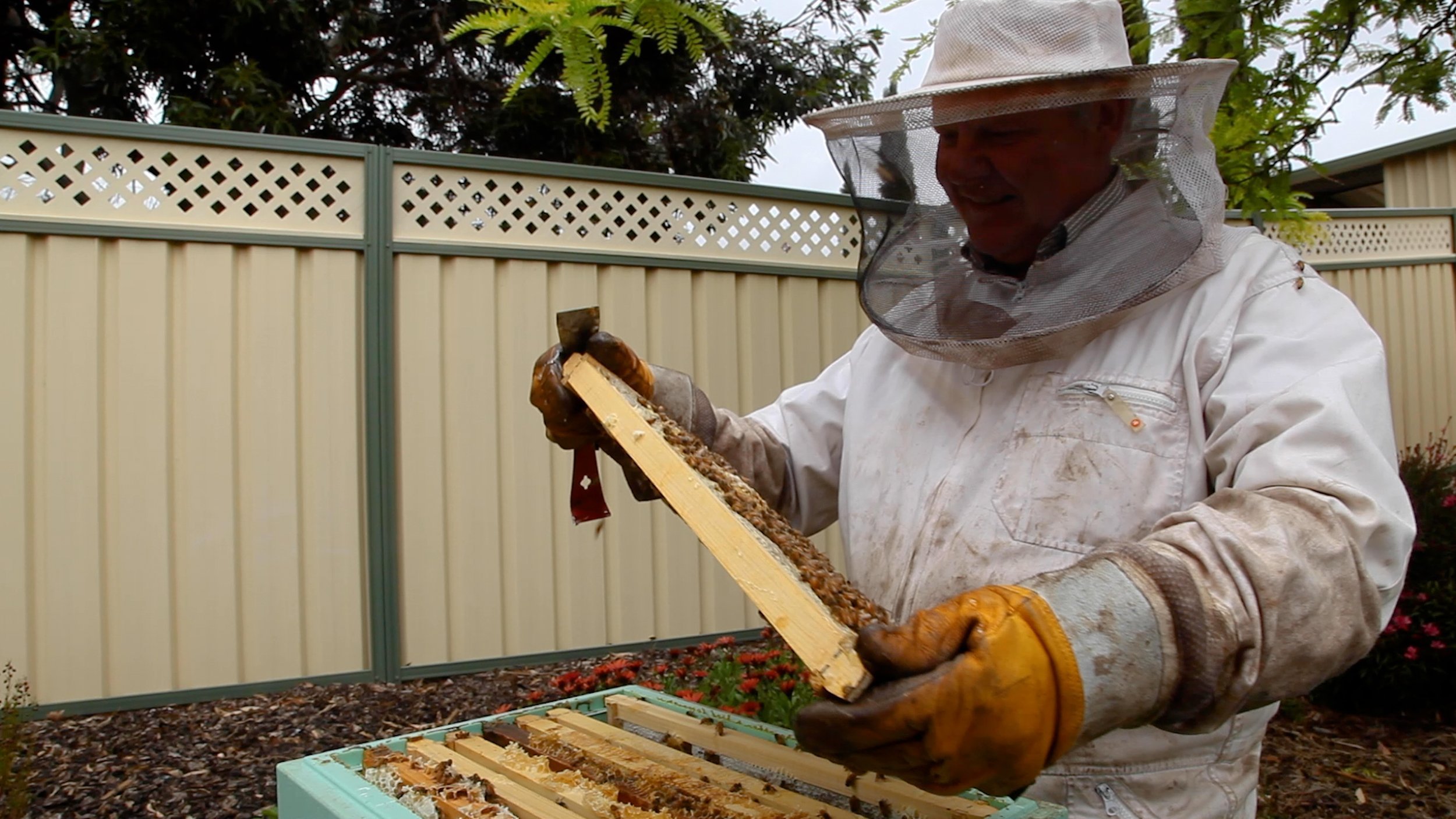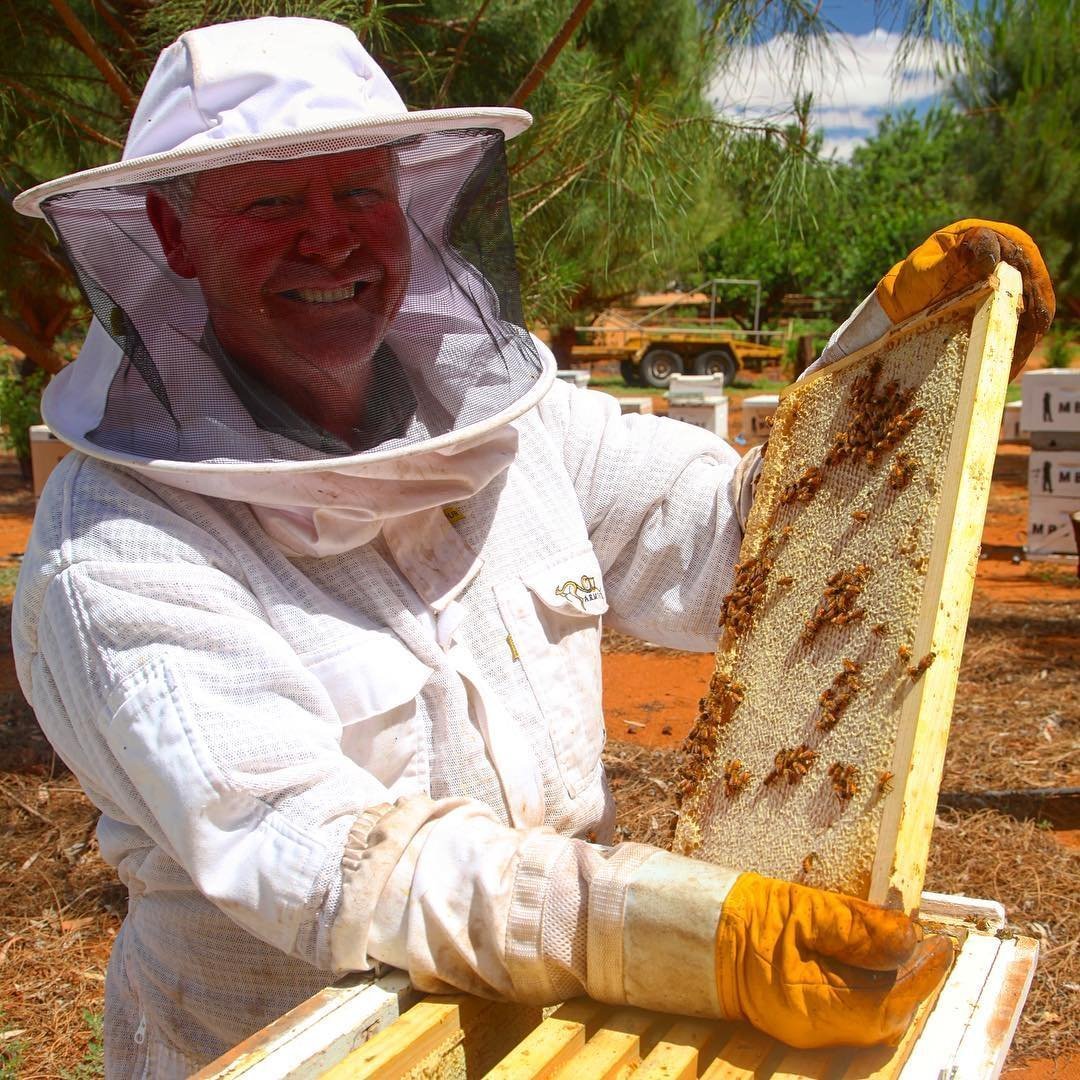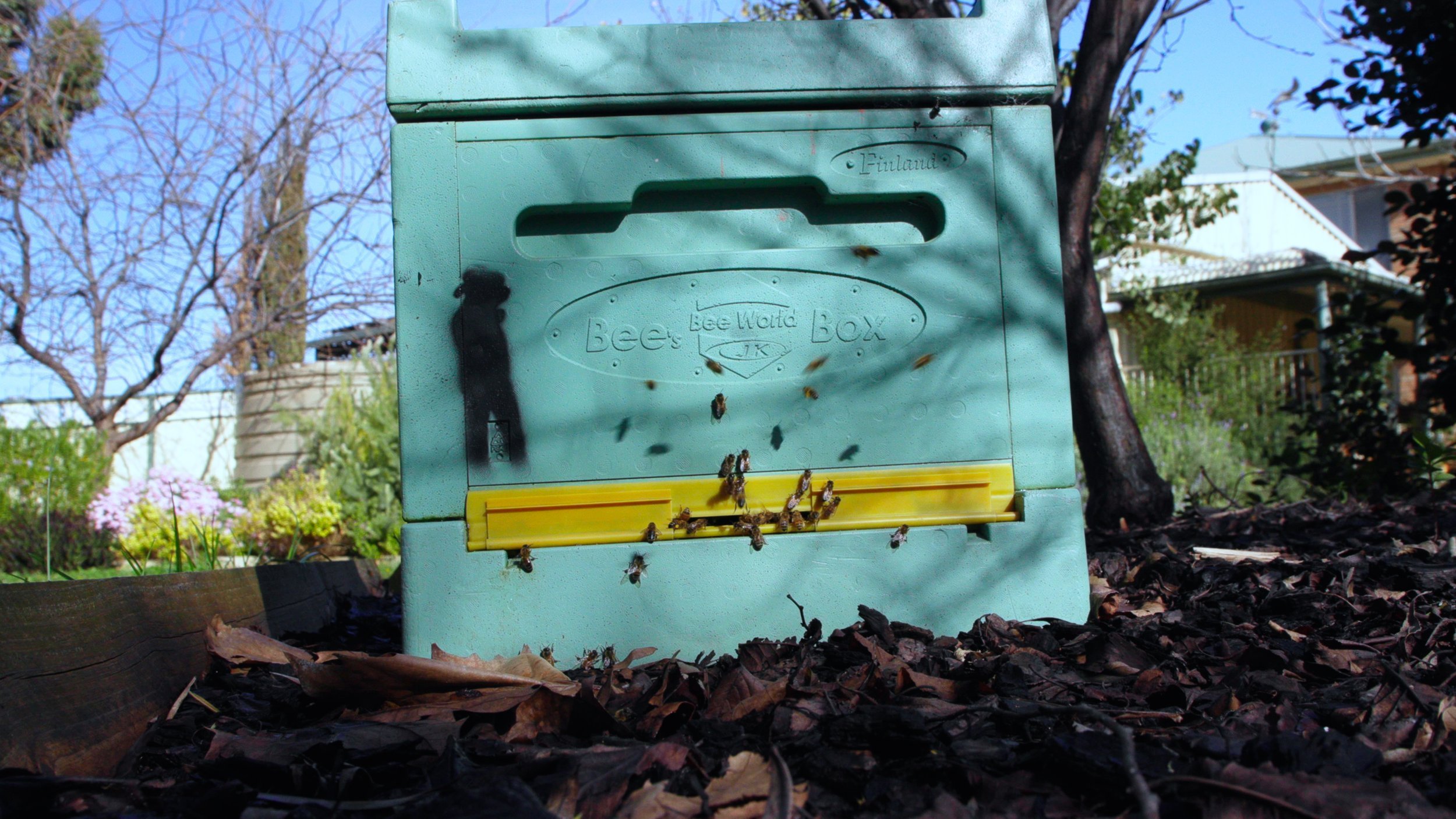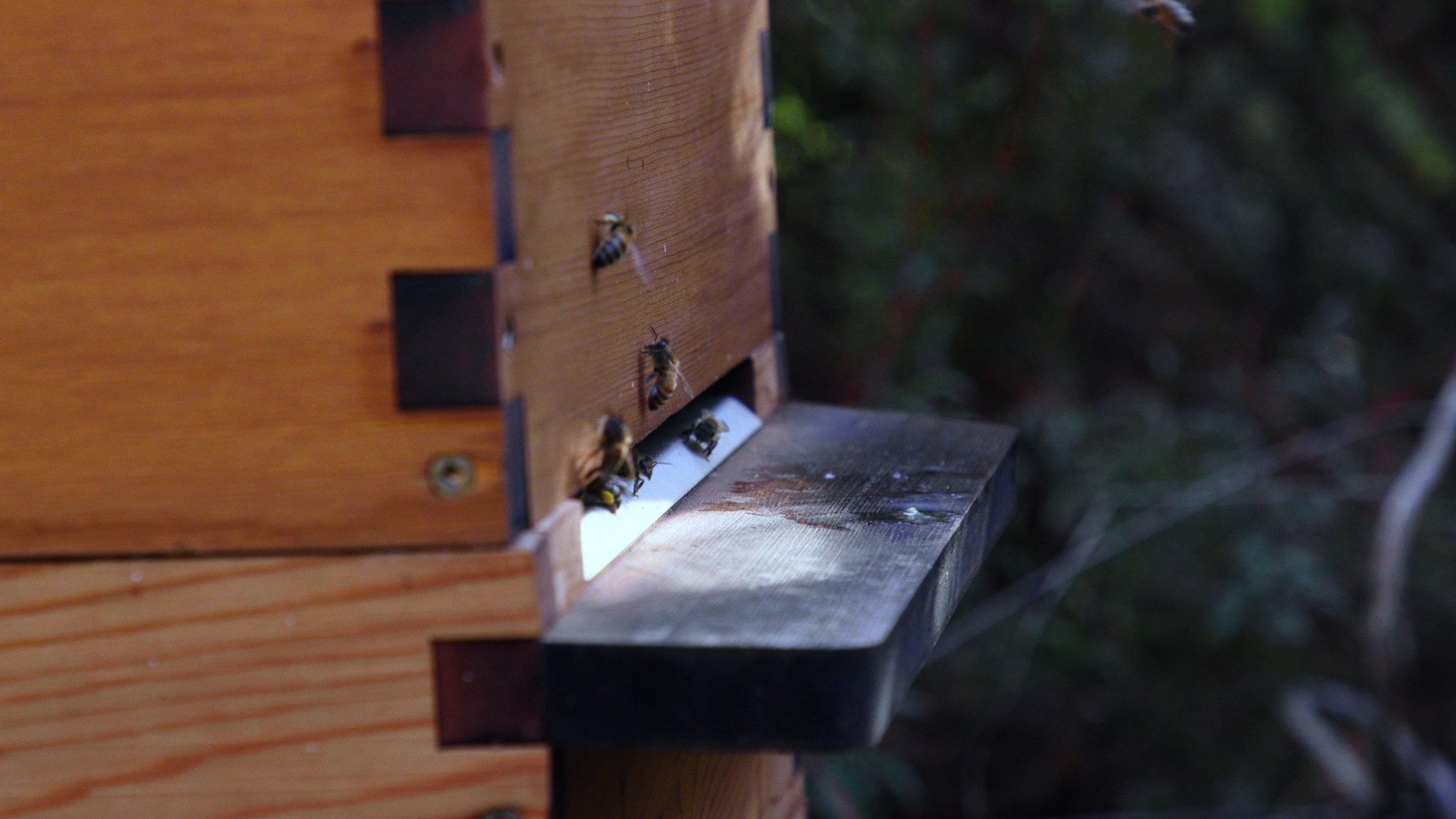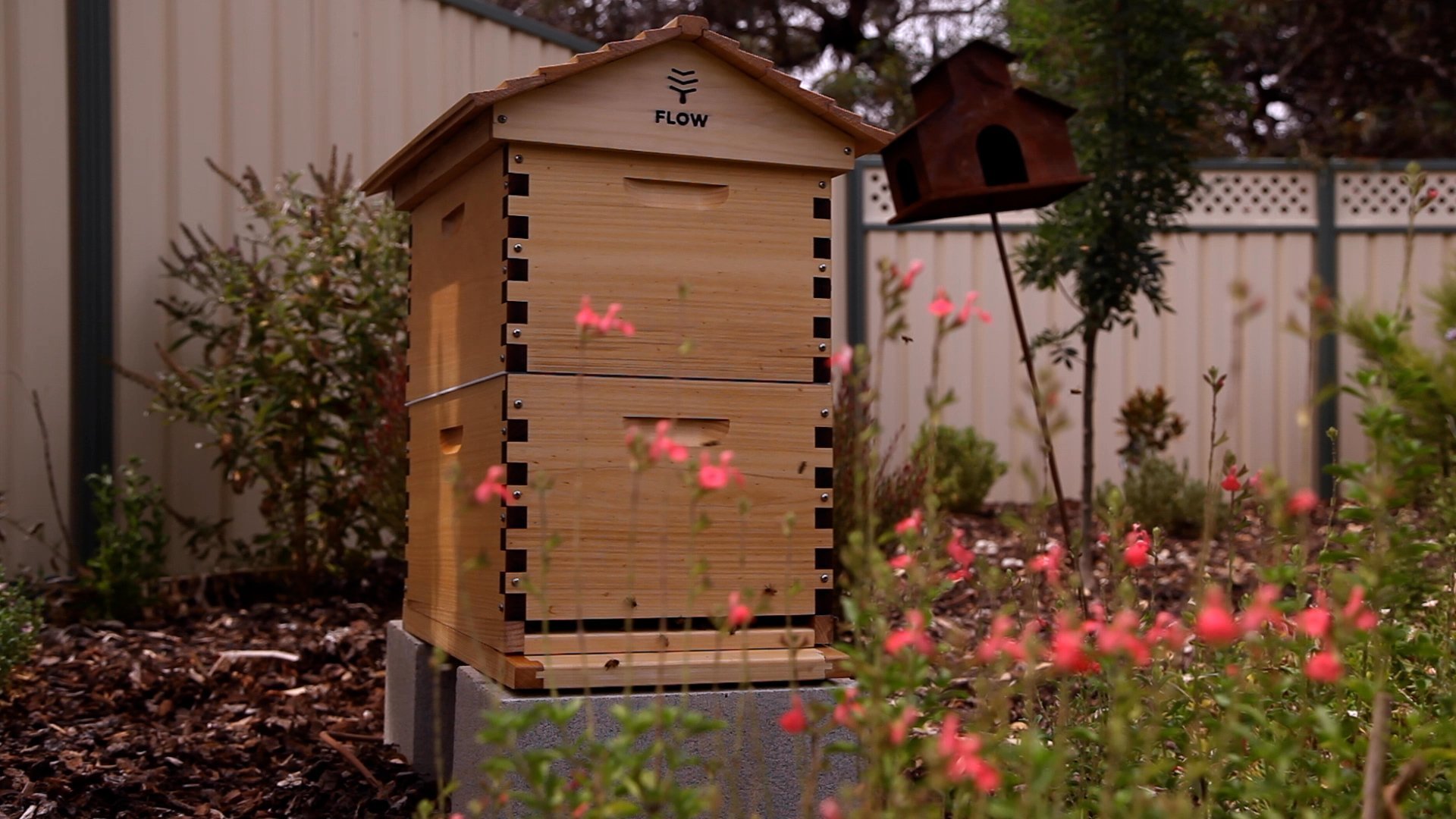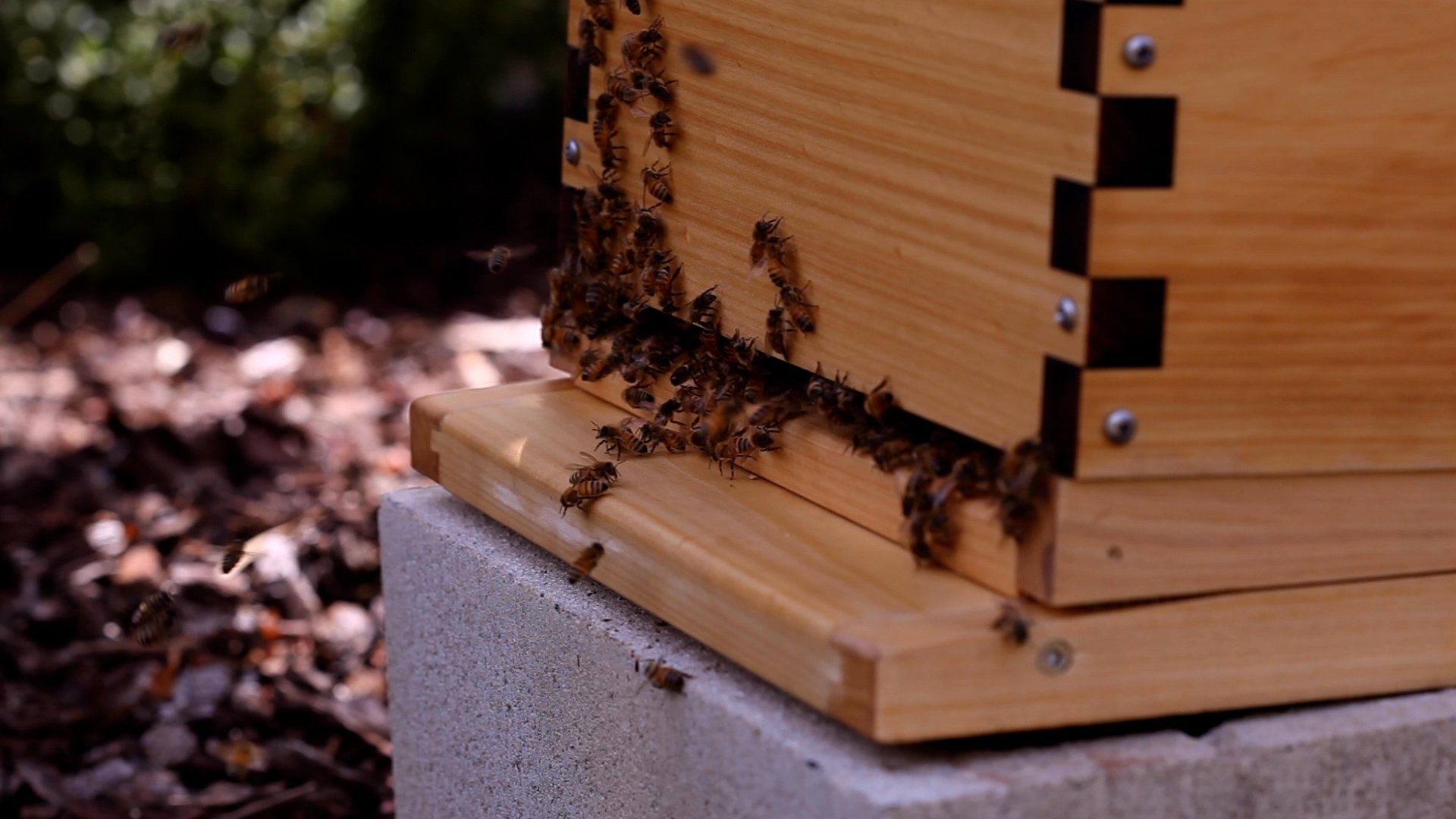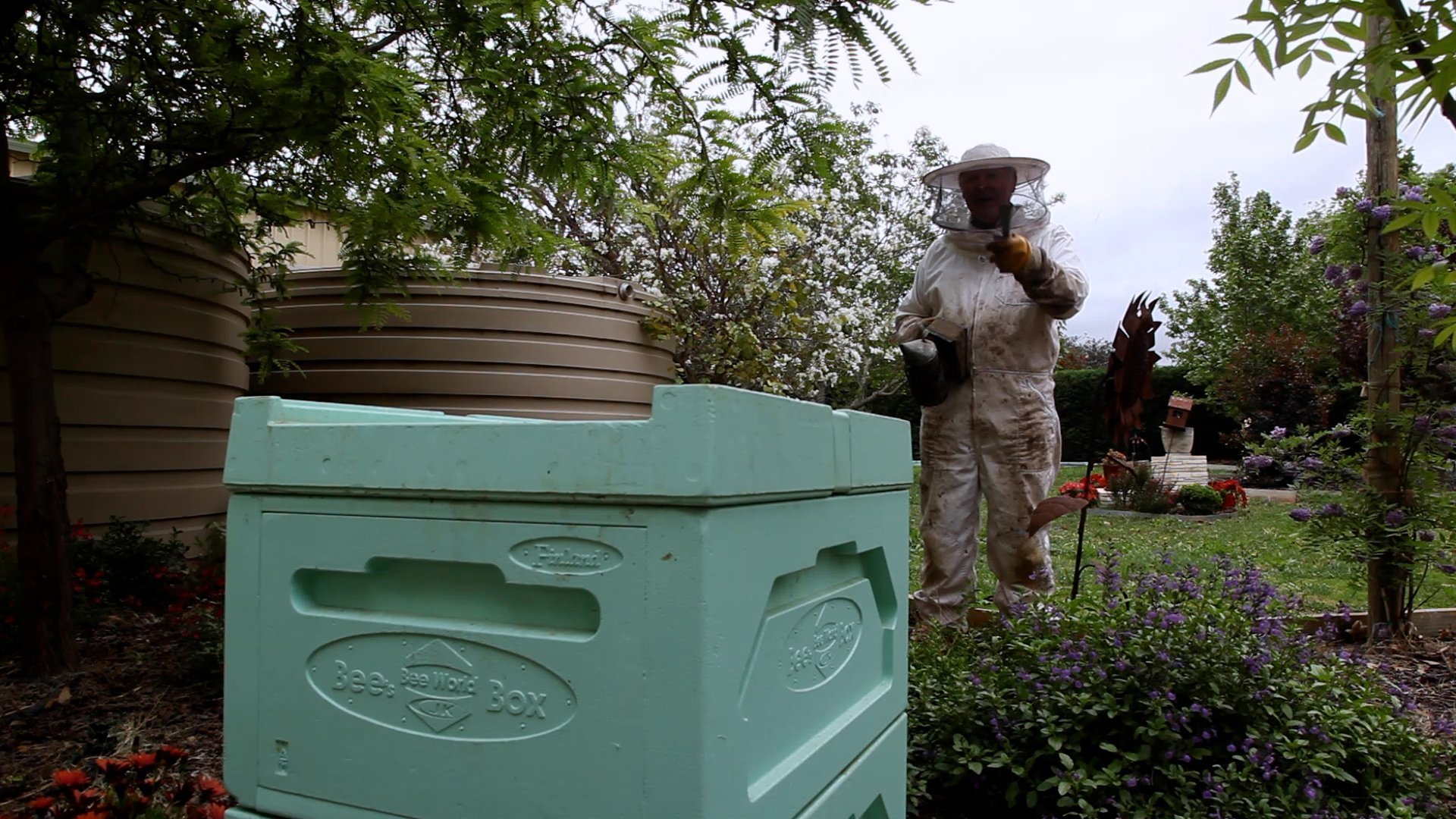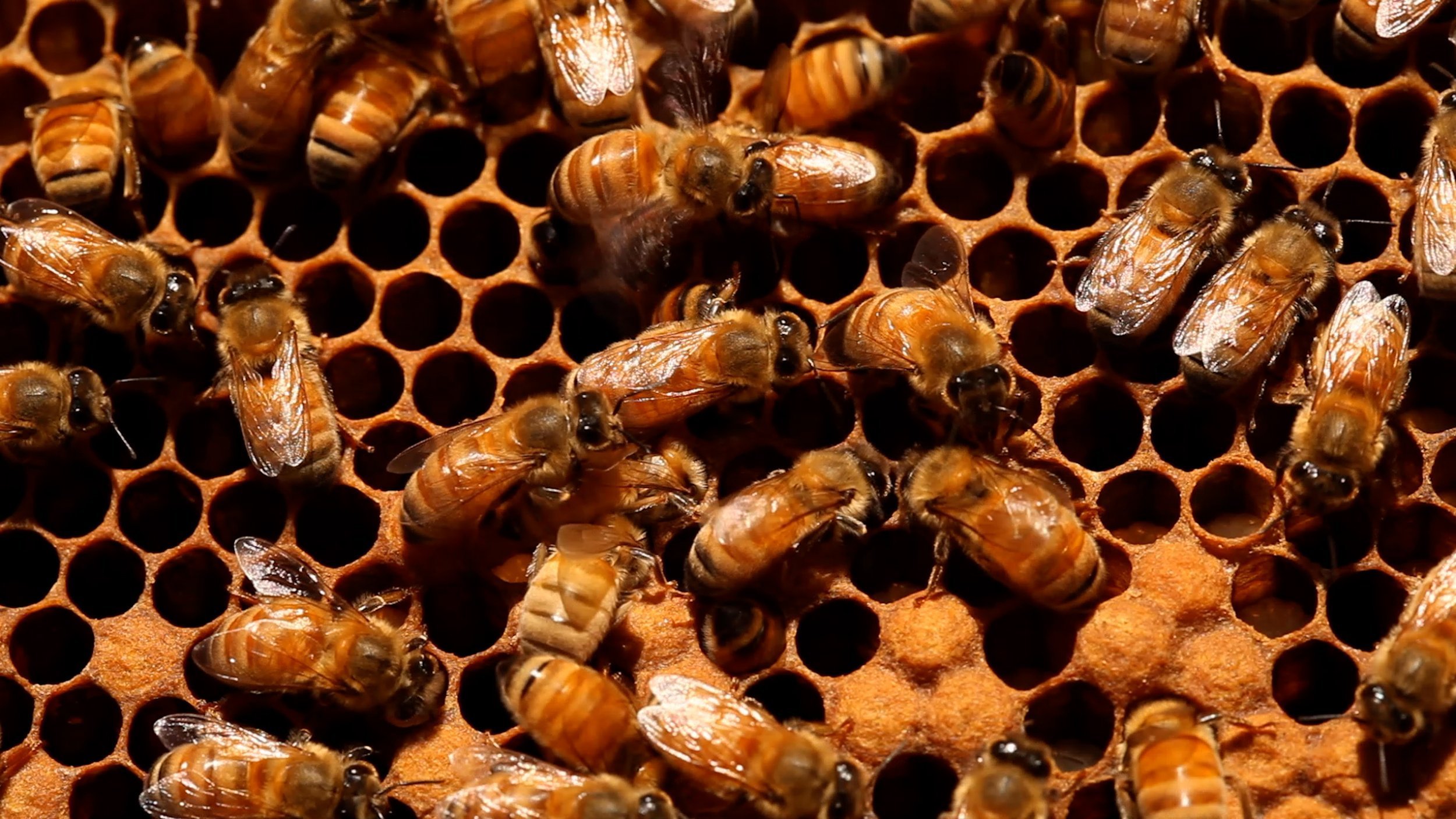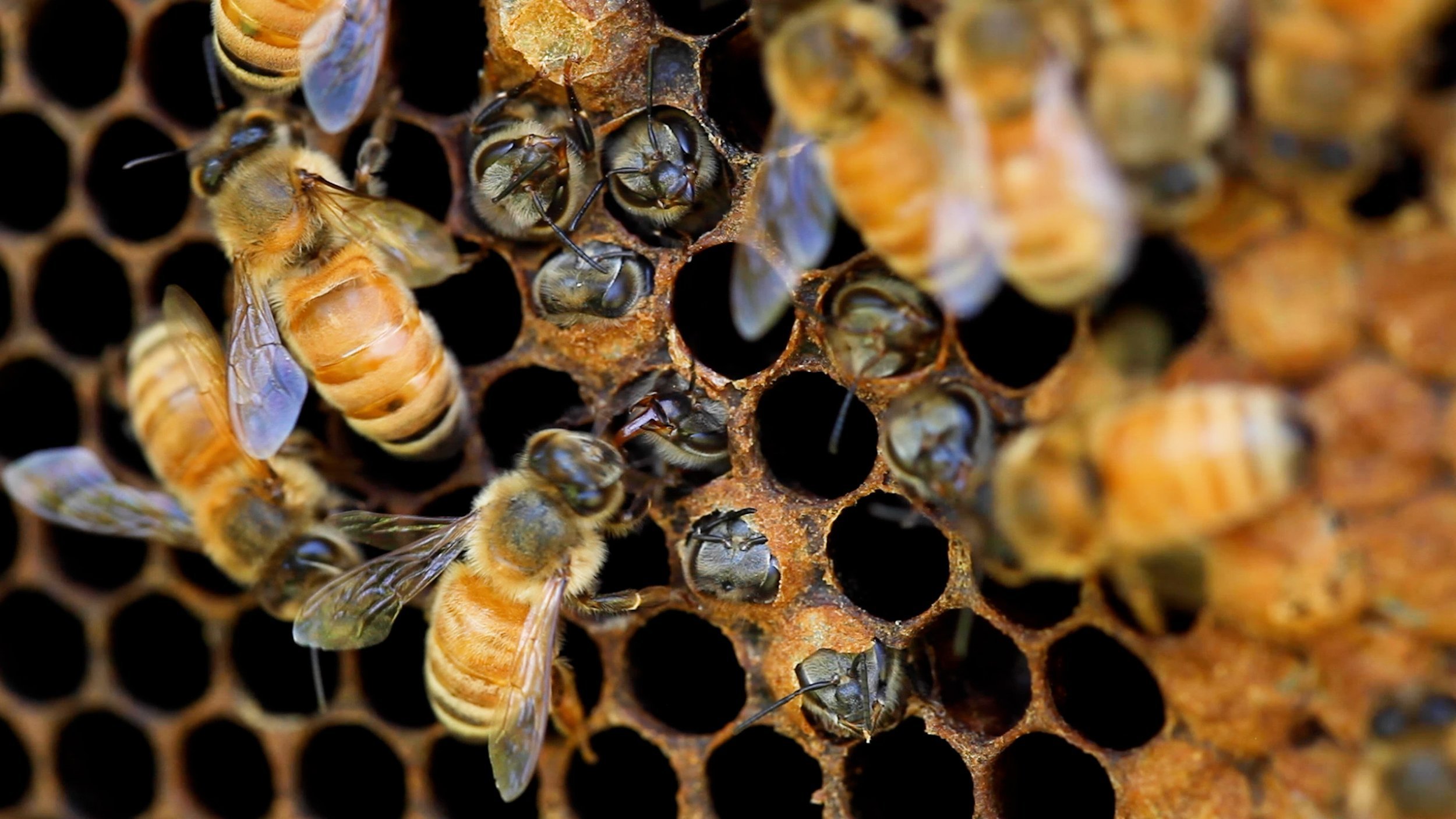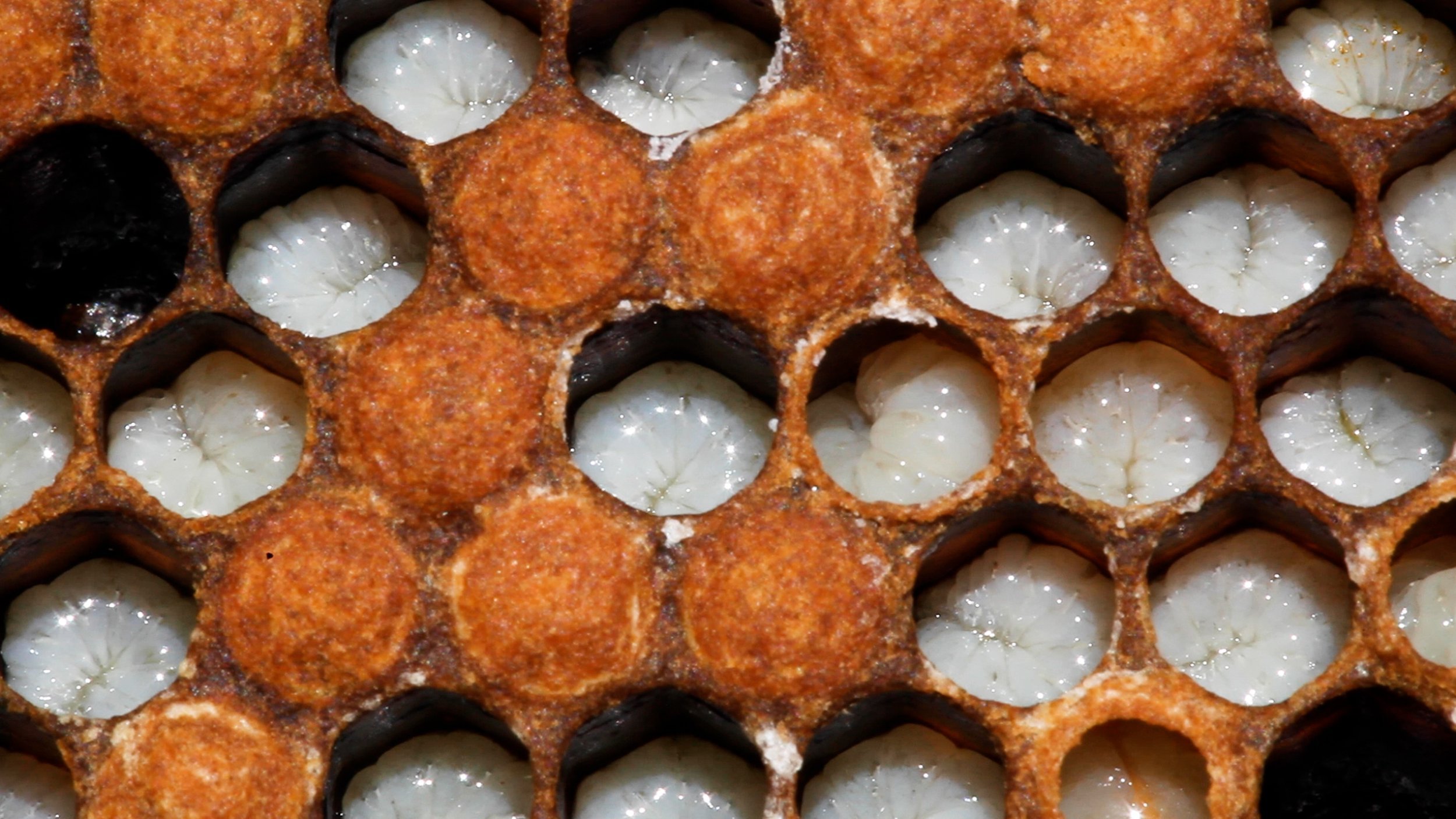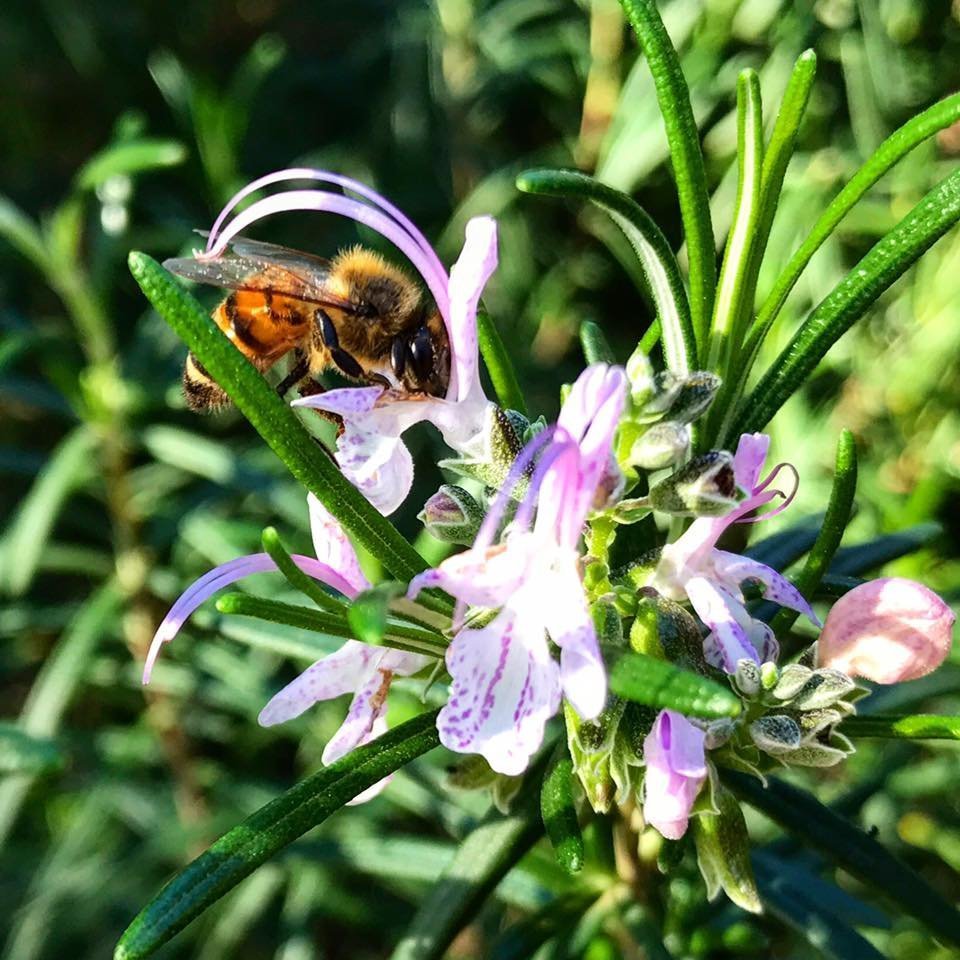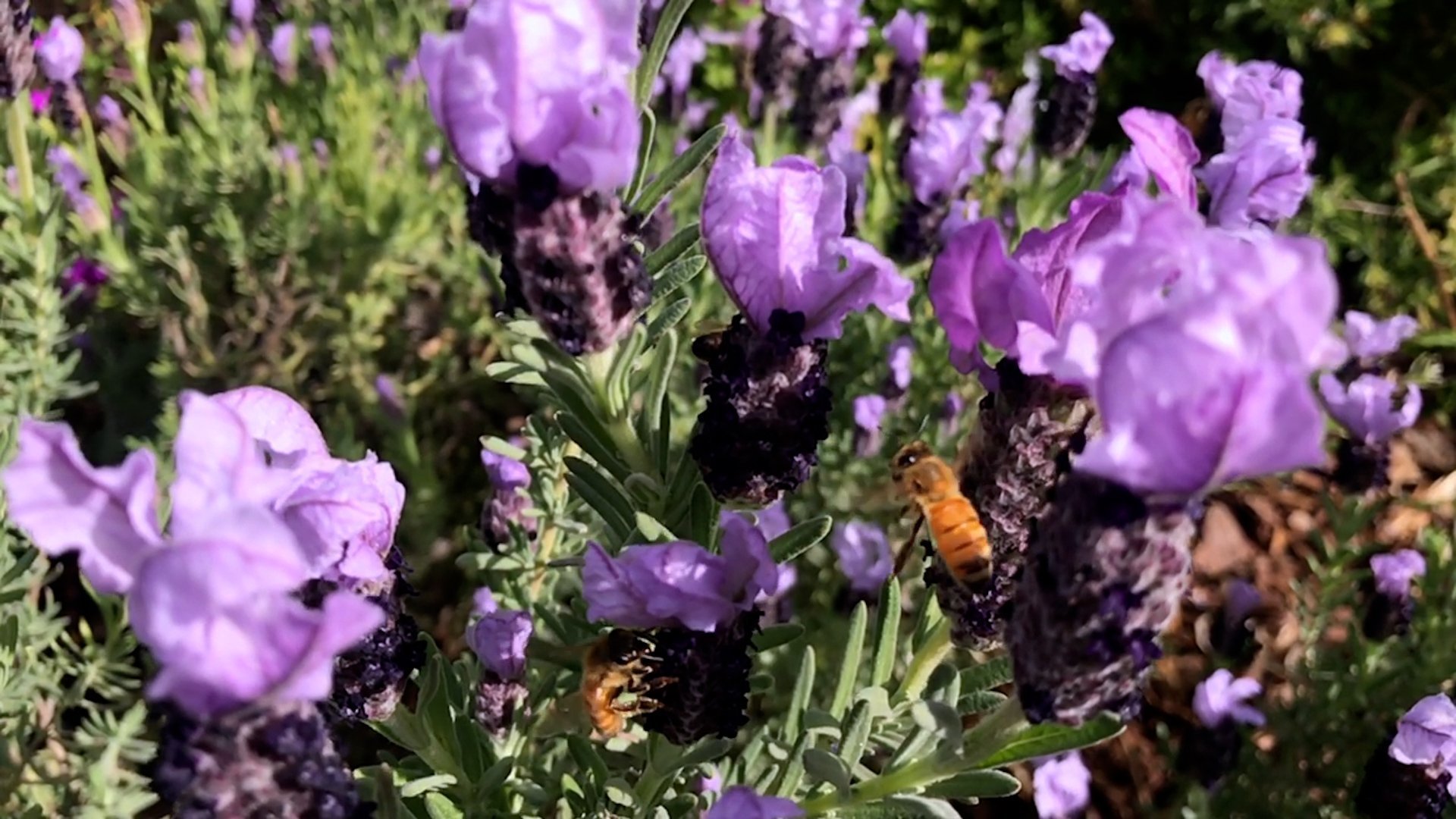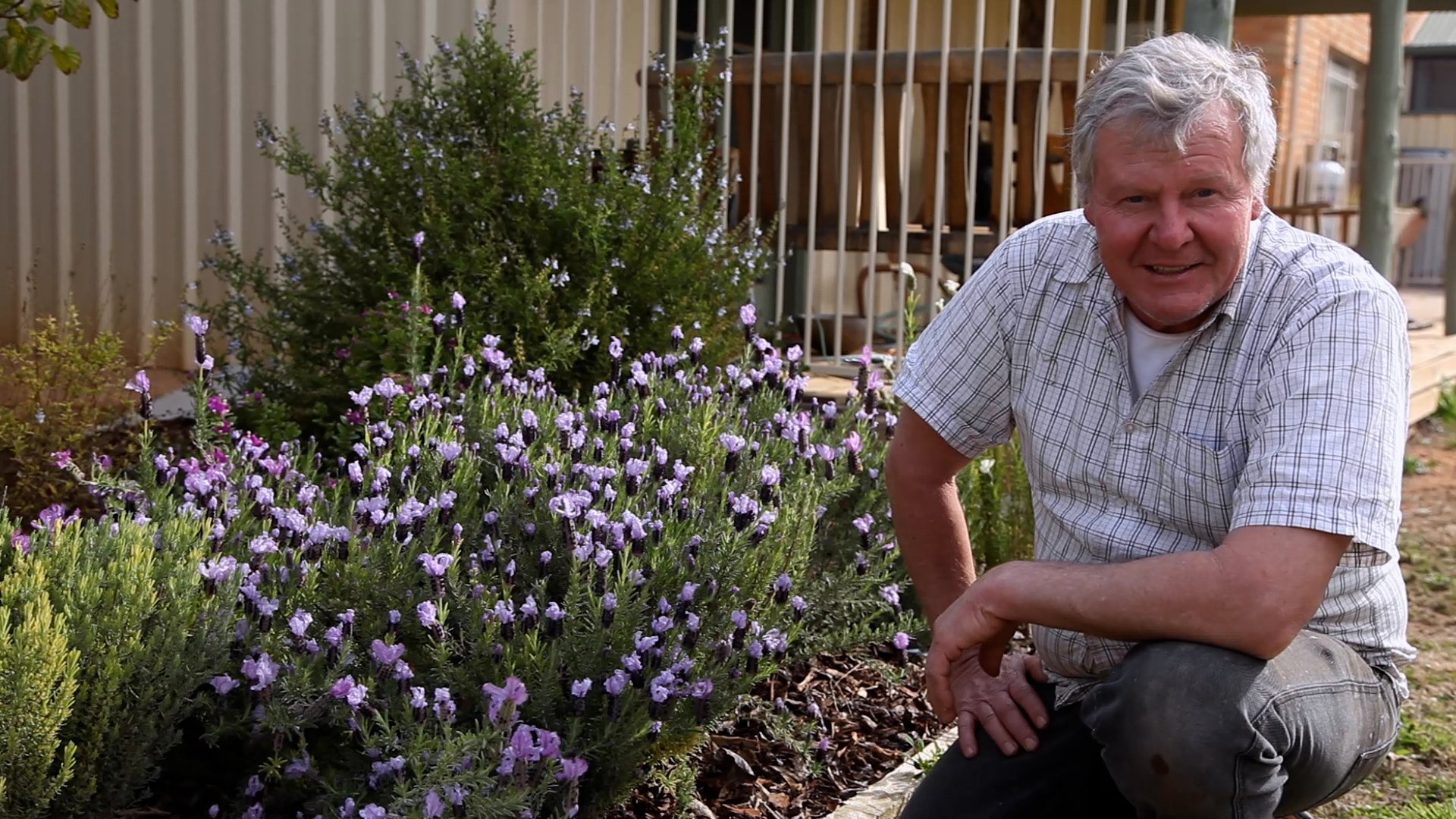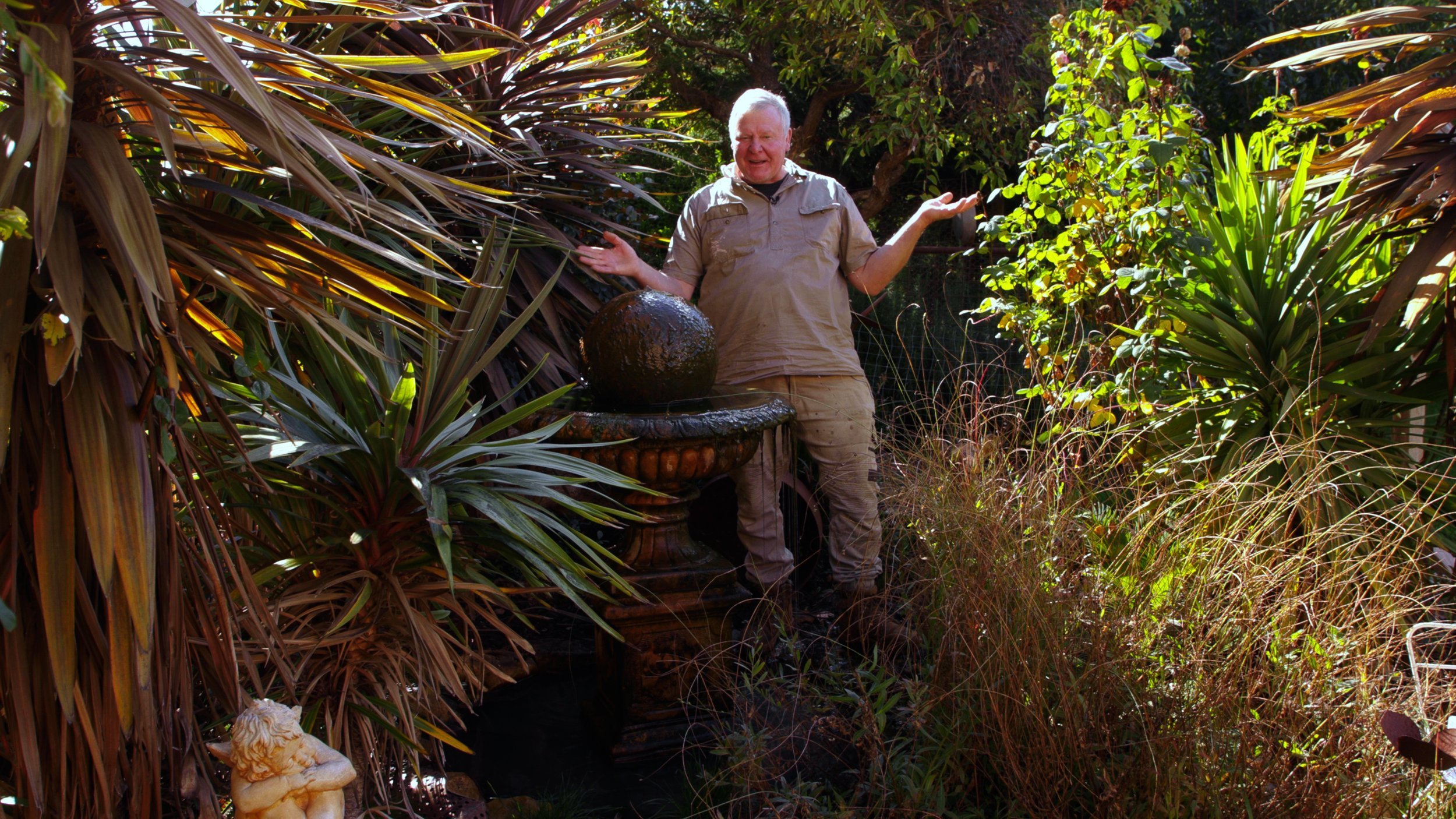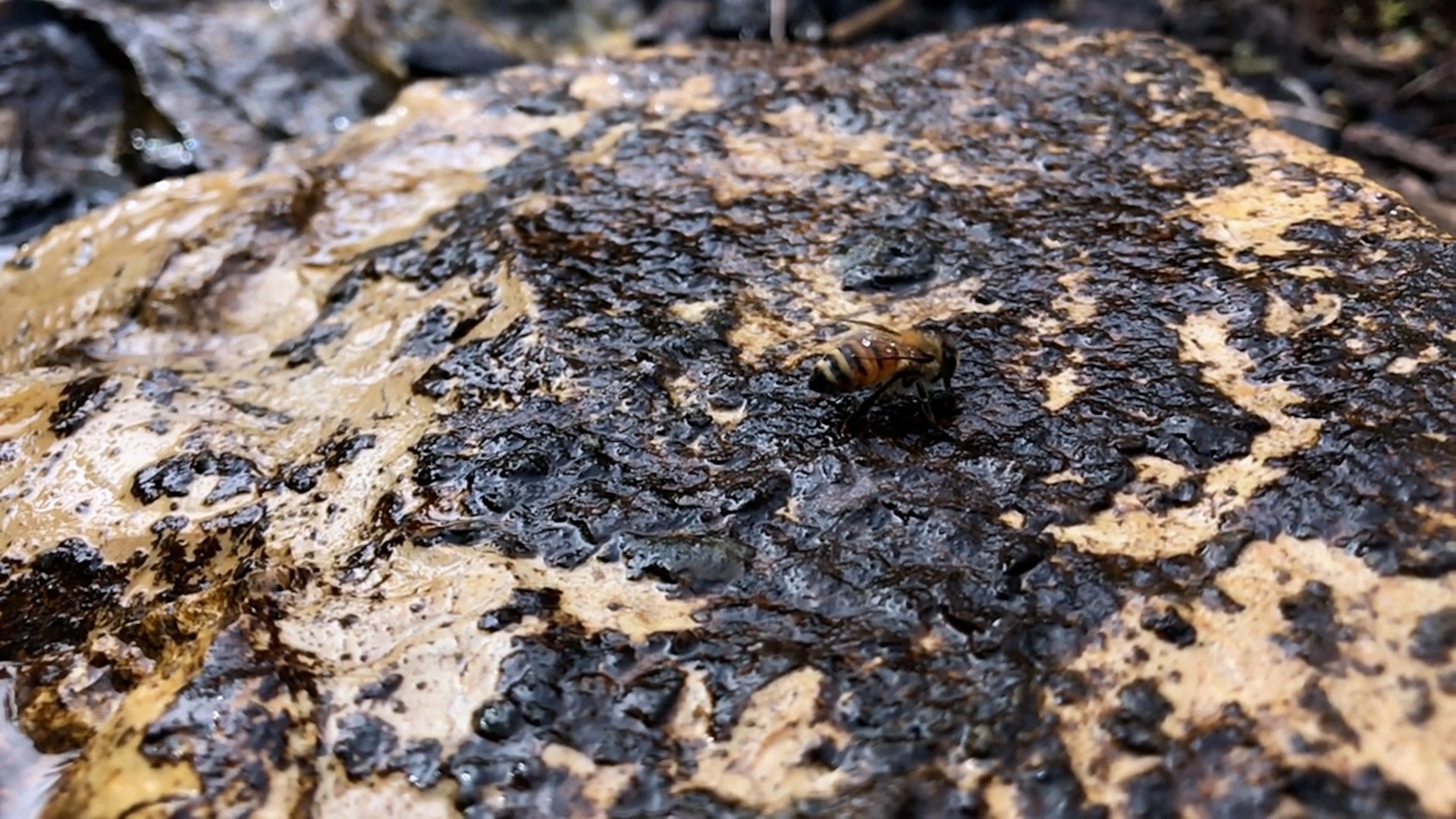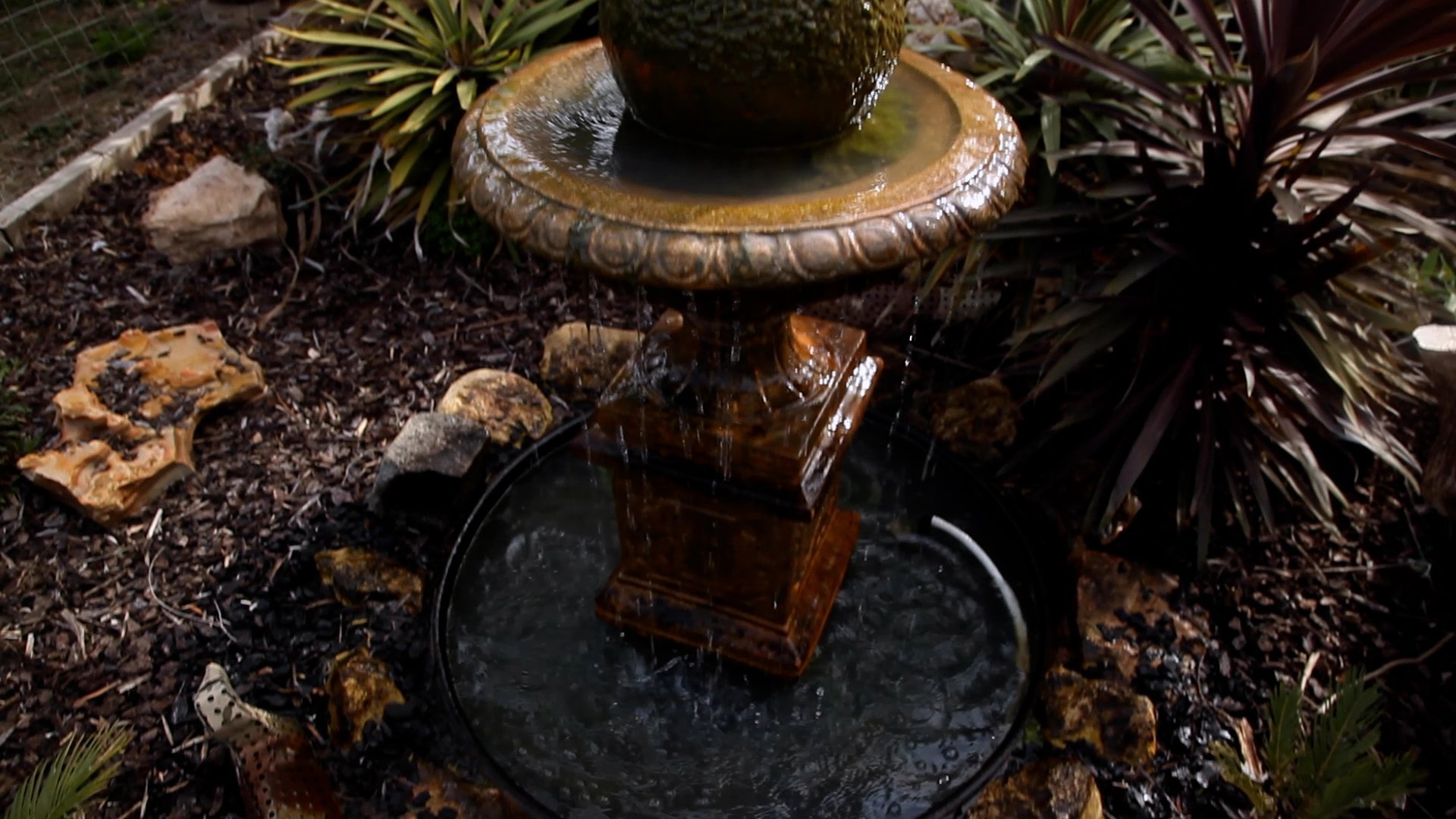Lesson 1: How to Start Beekeeping
If you've landed here, it's probably because you've been hemming and hawing for a while, wondering if beekeeping is the right hobby for you. Well, you’ve come to the right place!
In this series of step-by-guides, the Bush Bee Man (that’s me) is here to guide you through the basics of beekeeping, from choosing a hive to harvesting your first batch of honey. Along the way, I share heaps of information about beekeeping and what makes bees the wonderful, complex, and fascinating creatures they are.
Here’s what we cover in this Basics of Beekeeping step-by-step guide:
● Intro to beekeeping and a note about “expertise”
● Is beekeeping right for you?
● Where (and where not) to put your beehive
● What goes on in the brood box
● Making sure your bees have access to food
● Providing a safe and abundant water source for your bees
Intro to beekeeping and a note about “expertise”
I’ve been a beekeeper for over 20 years, and my latest project is sharing the joy of bees with the world. Since 2017, I’ve been posting beekeeping videos on my YouTube channel, the Bush Bee Man, sharing what I’ve learned and connected with a global community of bee enthusiasts.
In my 20 years as a beekeeper and talking to other beekeepers, I've realized we're a lot like the experts in any given field. We like to talk and disagree — a lot. If you ask 10 of us a question, you'll get 27 different answers. So as you begin your beekeeping journey, I encourage you to keep an open mind to different perspectives, as I do.
That being said, most of the squabbles are about finicky stuff, not the basics. And the basics are what we’re here to discuss, so let’s dive right in.
Is beekeeping right for you?
The first thing I want you to know about beekeeping is that it’s not for everybody. To say it’s a hobby can be a bit misleading, since beekeeping comes with real responsibility. After all, you’ll have 50,000 to 60,000 creatures relying on YOU for their survival and well-being.
The other thing that often turns people away from beekeeping is the fear of being stung. And honestly, it happens! With a little experience (and the right protective gear), however, you’ll come to learn that getting stung is rare and no big deal. If and when it happens, it’s usually your fault for provoking the bees in some way.
Finally, with so much interest in beekeeping in recent years, there are lots of options for first-time beekeepers that make maintaining a hive more manageable. Although outlets like the Flow Hive Show make it look easy, don’t be fooled. There are no truly hands-off hives. Some management is still required for all of them.
Where (and where not) to put your beehive
Once you’ve chosen a hive, the next step is to put it in your yard.
A low-traffic area is best, away from people and pets. Another key consideration is how the sun will travel over the sky, affecting the amount of light and heat the hive absorbs. The “ladies” (also known as the worker bees) have to keep the hive at a certain temperature, so an ideal spot is typically next to a tree that loses its leaves in the winter. This will allow it to maximize sunlight in the winter and benefit from shade in the summer.
What goes on in the brood box
The first time you look inside a brood box, you may find yourself thinking “whoa, what the heck am I even looking at?” It’s where most of the action happens, so working beekeepers spend a lot of time in there, making sure that all is well with the bees and their babies.
A basic brood box has eight to ten frames. The two outermost frames are where the finished honey is stored, ready for you to collect. Working inward, the next two frames have a mixture of pollen and honey. The middle frames after that hold the brood. In there, you’ll see lots of little eggs, some white larvae, and some lovely capped brood, which is the next generation of bee babies about to be born.
Making sure your bees have access to food
Now you may be thinking that your yard will need to provide sustenance for your bees, with the right plants and pollinators to keep them fed, happy, and producing honey.
And you’d be wrong.
Bees aren’t like the other pets, who show up promptly in the kitchen at the same time each day, demanding their breakfast, lunch, and dinner. Bees are foragers, which means they go out and find their own food.
On a good day, a bee will fly more than 5 kilometers away to forage, so unless you live on a sprawling estate, the only thing you really need to care about is positioning your hive correctly so that your bees can make their daily flights easily, safely, and without becoming a nuisance for your neighbor. Bear in mind that they fly in a straight line, so once again take care to position the beehive in a way that won’t put your neighbor’s deck in the flight path.
Providing a safe and abundant water source for your bees
What you do need to provide is a source of water. This is actually a legal requirement, so if the bee council people come around, you have to show them you're on top of it. Another reason to make it a priority is that once bees have found a place they like, they’re not apt to change their minds. Which means if they’ve decided your neighbor's water feature is their favorite drinking spot, good luck ever prying them away (and good luck getting back into your neighbor's good graces — a jar of honey can only go so far).
Water is so important to bees because they need it to regulate the temperature of the beehive. They can burn through 10 liters of water per day on a hot day to keep the hive cool.
Setting up a water source can be as simple as filling a large bucket or small pool with water, although you’re free to get fancy with it and set up a backyard fountain. Just be sure to include something that floats for the bees to land on. Our bee friends can easily drown, so they need a safe area to touch down on that lets them drink up the water without floundering. A handful of corks or some straw can do in a pinch.
Seeing with a beekeeper’s eyes
This is maybe the most important part of becoming a beekeeper: seeing the world with new eyes. You don’t have to do anything in particular to accomplish this, it will happen naturally — almost magically, if you ask me.
You’ll start seeing our bee friends everywhere: in trees, in gardens, on plants. They’re around us all the time, going about their bee business. Seeing the inherent harmony of the natural world, and how each part contributes to the whole, is one of the best parts of becoming a beekeeper and how you start falling in love with beekeeping.
I hope you’ve enjoyed this guide to the basics of beekeeping! If you’re ready to find out more, check out the Bush Bee Man channel on YouTube or explore one of my other step-by-step guides on how to start beekeeping.




